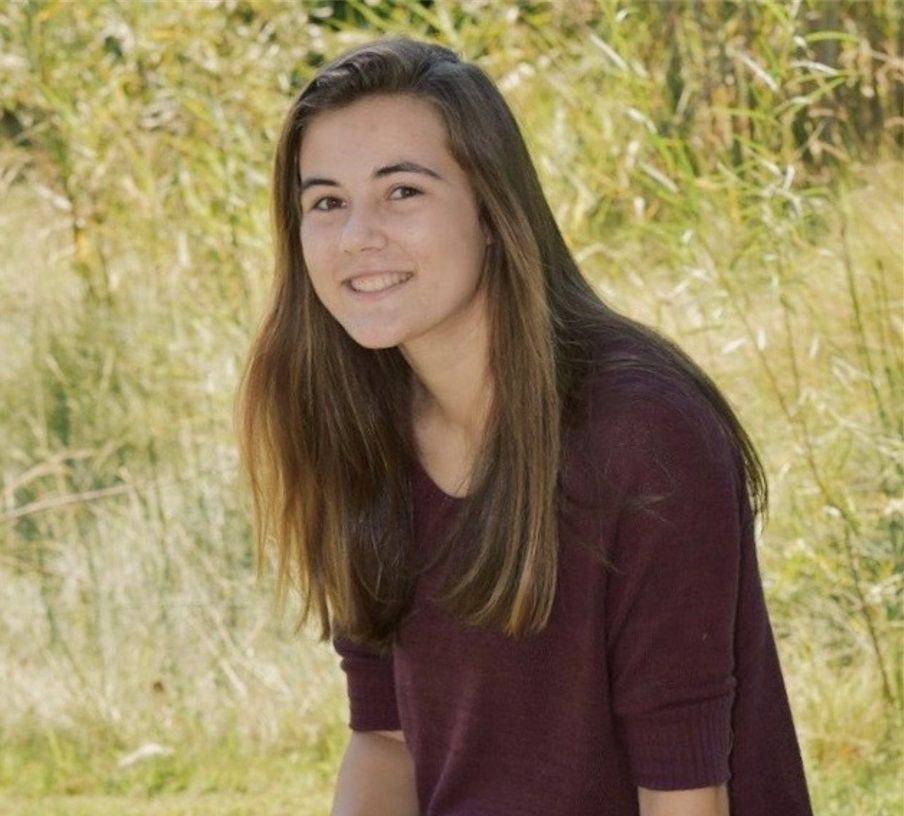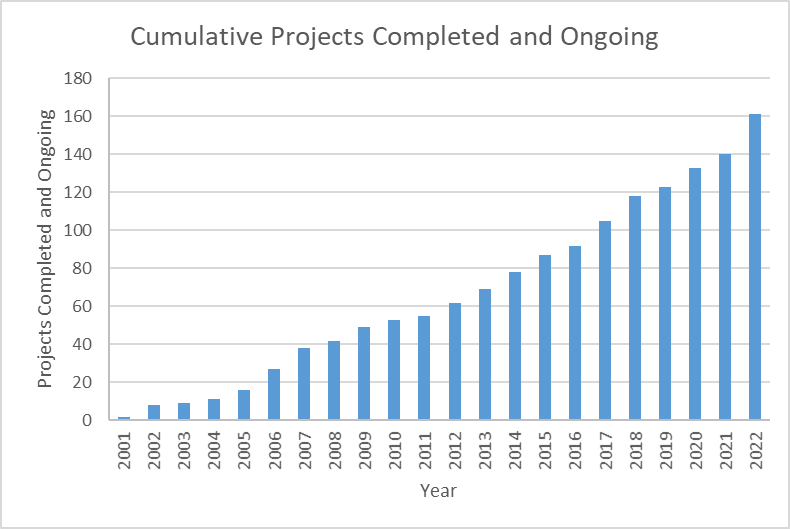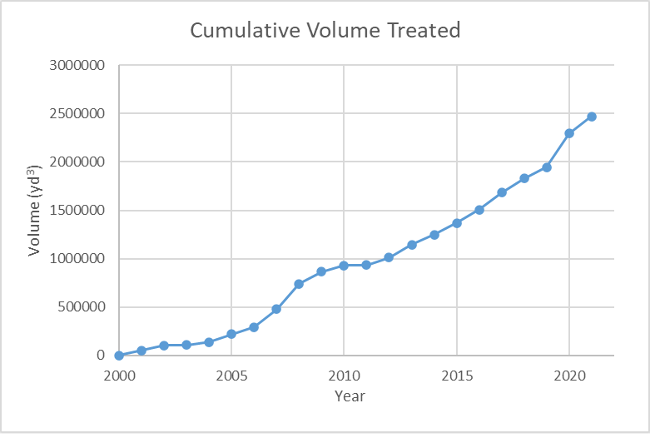I started working for TRS two years ago, focusing on thermal model calibration. I work closely with the engineering team to compare thermal model predictions to the actual field results.
Since beginning my internship, I have become increasingly interested in environmental work. I look at the classes I take in school through a different lens now. I have been able to apply the knowledge base I am developing to real world applications like vapor treatment using a gas scrubber and granular activated carbon. This internship experience has helped me get more out of my college experience. My internship significantly expanded my knowledge and experience in the environmental field.

I have especially enjoyed learning how to use the analytical tools TRS has developed to compare thermal modeling predictions to project performance. It was striking to me to learn about the volume of projects completed and contaminant concentration reductions accomplished by the company. I continue to be impressed with how much data is collected and analyzed.
Upon completing a project, TRS compares the model predictions to the field results for over 70 parameters, including:
- Contaminant percent reduction
- Mass removal
- Power density
- Energy density
- Duration
This has allowed thermal modeling calibration to be performed since TRS started in September 2000, having treated 2.5 million cubic yards of soil across 161 completed and ongoing projects.






